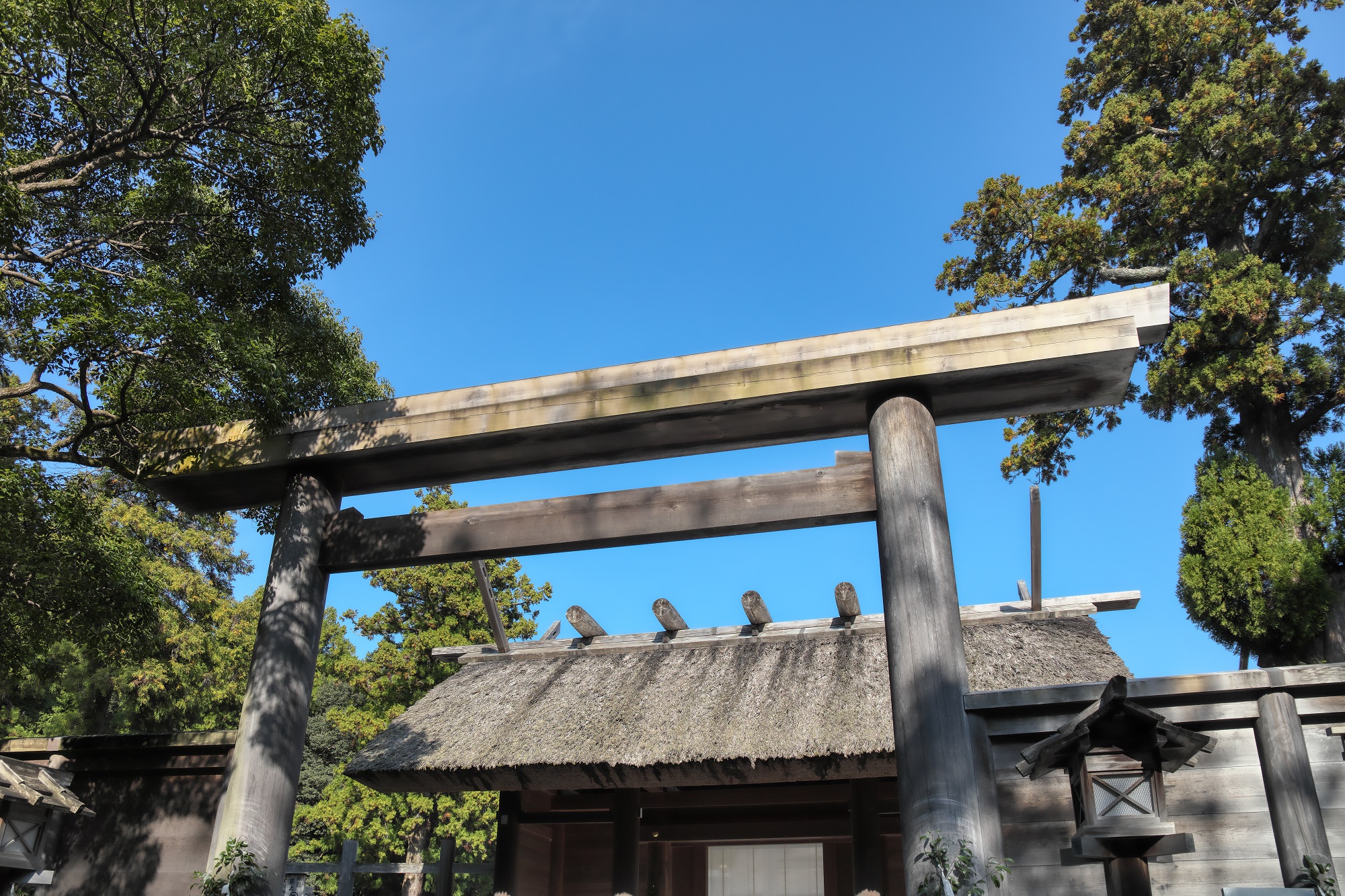Ise / 伊勢(Mie)
About Ise
Located on the eastern side of central Mie at the southern end of the Ise Plain, Ise City is overflowing with resources and attractions, including many famous sites rich in history and culture. As the gateway to Ise-Shima National Park, it is blessed with abundant nature and delicious food. The city enjoys a relatively mild climate and has flourished as the home of Ise Jingu Shrine, the most important shrine in the Japanese Shinto religion. It has been affectionately called “O-Ise-san” and “the spiritual home of the Japanese people” since days of old.
In addition to the Ise Jingu area, the city of Ise also includes the Futami, Asama, and Kawasaki areas. Futami-ura has been famous since the Edo Period (1603-1868) as a place to purify oneself before visiting Ise Jingu Shrine. It also offers a relaxing view of the sea and has flourished as a rest stop for weary travelers and pilgrims to spend the night. Running across Mt. Asama and connecting Ise to Toba is the Ise-Shima Skyline, a popular scenic road that is also called the “driveway in the sky.” If Ise were a household, Kawasaki would be its kitchen and storehouse. Since the Edo Period, the Kawasaki area has taken advantage of the water transportation of the Seta River to flourish as a town of wholesale merchants. Even today, visitors can enjoy the vestiges of those days, with the old townscapes and warehouses converted into cafes and shops.
Getting there and around
Train
Take the Kintetsu Limited Express from Nagoya Station to Iseshi Station (approx. 80-90 min.)
Take the JR Rapid train from Nagoya Station to Iseshi Station (approx. 88-106 min.)
Take the Kintetsu Limited Express from Tsuruhashi Station in Osaka to Iseshi Station (approx. 100 min.)
Top Attractions
Ise Jingu consists of 125 shrines, including the Inner and Outer Shrines. Near the Inner Shrine you will find the Oharai-machi and Okage Yokocho streets. Lined with souvenir stores, restaurants, and rest areas, these old streets are reminiscent of the Edo Period (1600/1603-1868) and Meiji Era (1868-1912), allowing visitors to experience Ise hospitality as passed down through the ages.
Ise Jingu/伊勢神宮(Mie)

